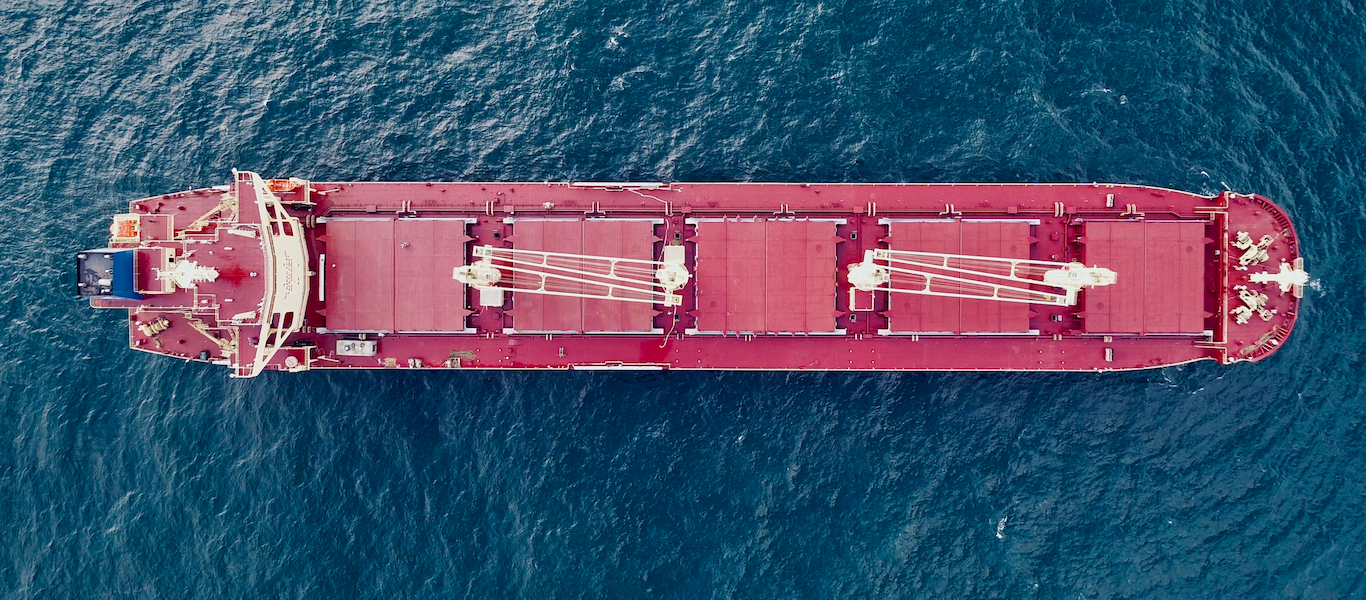
Get to the root of every problem
There are no short cuts when it comes to running a safe and efficient Dry Bulk Shipping operation. That’s why DBCE recommends that every maritime company should adopt root cause analysis as a fail-safe process.
RCA helps identify the underlying cause of a problem to prevent future issues. By addressing this root cause, a more effective long-term solution can be implemented. To help you keep all aspects of your shipping organisation in good health DBCE has mapped out the following RCA guide for you to refer to.
Incident Identification & Data Collection
- Gather the evidence. Compiling logbooks, inspection reports, video footage and crew testimonies will help analysis.
- Categorise the incident. Ascertain whether the root cause was mechanical, operational, procedural, human error or external factors.
Define the Problem
- Answering the ‘what, where, when and who’ provides a solid starting point in finding a solution.
Analyse Contributing Factors
- Human Factors: Are there gaps in your training programme? Is fatigue an issue? Are there errors in communication?
- Procedural Issues: Does your organisation’s SOP need updating? Are your risk assessments inadequate?
- Technical Failures: Could errors be down to poor maintenance, faulty equipment or design flaws?
- Environmental Conditions: Could the cause of an incident be due to weather conditions, sea state or cargo properties?
Identify the Root Cause(s)
There are various RCA techniques you can adopt including:
- Fishbone Diagram (Ishikawa Model) – Categorizing causes into equipment, process, personnel, environment, etc.
- Fault Tree Analysis (FTA) – Mapping failures to pinpoint the primary trigger.
Implement Corrective and Preventive Actions
- Ensure you update your company’s safety policies and procedures.
- Keep your crew up to speed and aware with the latest training programmes.
- Make sure all equipment is upgraded and regularly maintained and inspected.
- Strengthen all onboard reporting and monitoring systems.
Monitor Effectiveness and Ensure Compliance
- Conducting regular follow-up assessment is essential.
- Track incident trends and analyze any improvements made.
- Continuously refine your company’s safety measures based on findings.
How RCA Aligns with Maritime Safety Standards
- DBCE & DryBMS – Adopting the platform helps bulk carriers meet self-assessment criteria for incident prevention.
- ISM Code (International Safety Management) – The code helps support safety management system improvements.
Why Every Ship Manager Should Prioritise RCA
- Without doubt RCA helps transform shipping safety from a reactive process to a proactive strategy.
- Shipping organisations will benefit from improved fleet reliability, reduced costs, and enhanced regulatory compliance.
- Incorporating RCA into daily operations ensures a safer, more efficient maritime industry.
Discover how DBCE can help make RCA central to your operations. Find out more and subscribe to the DryBMS framework here.


